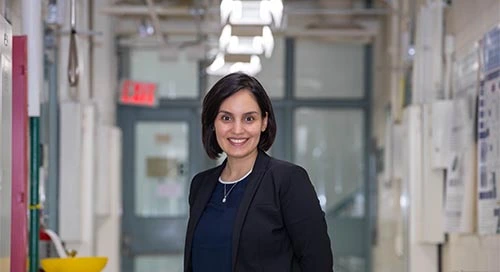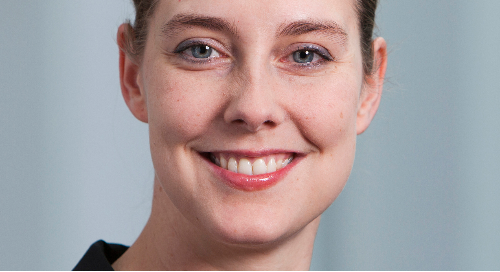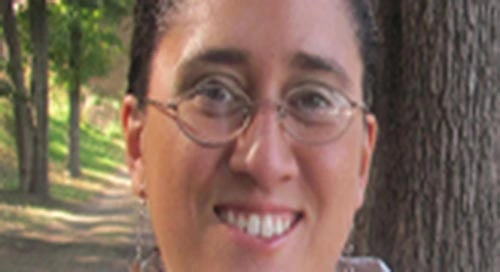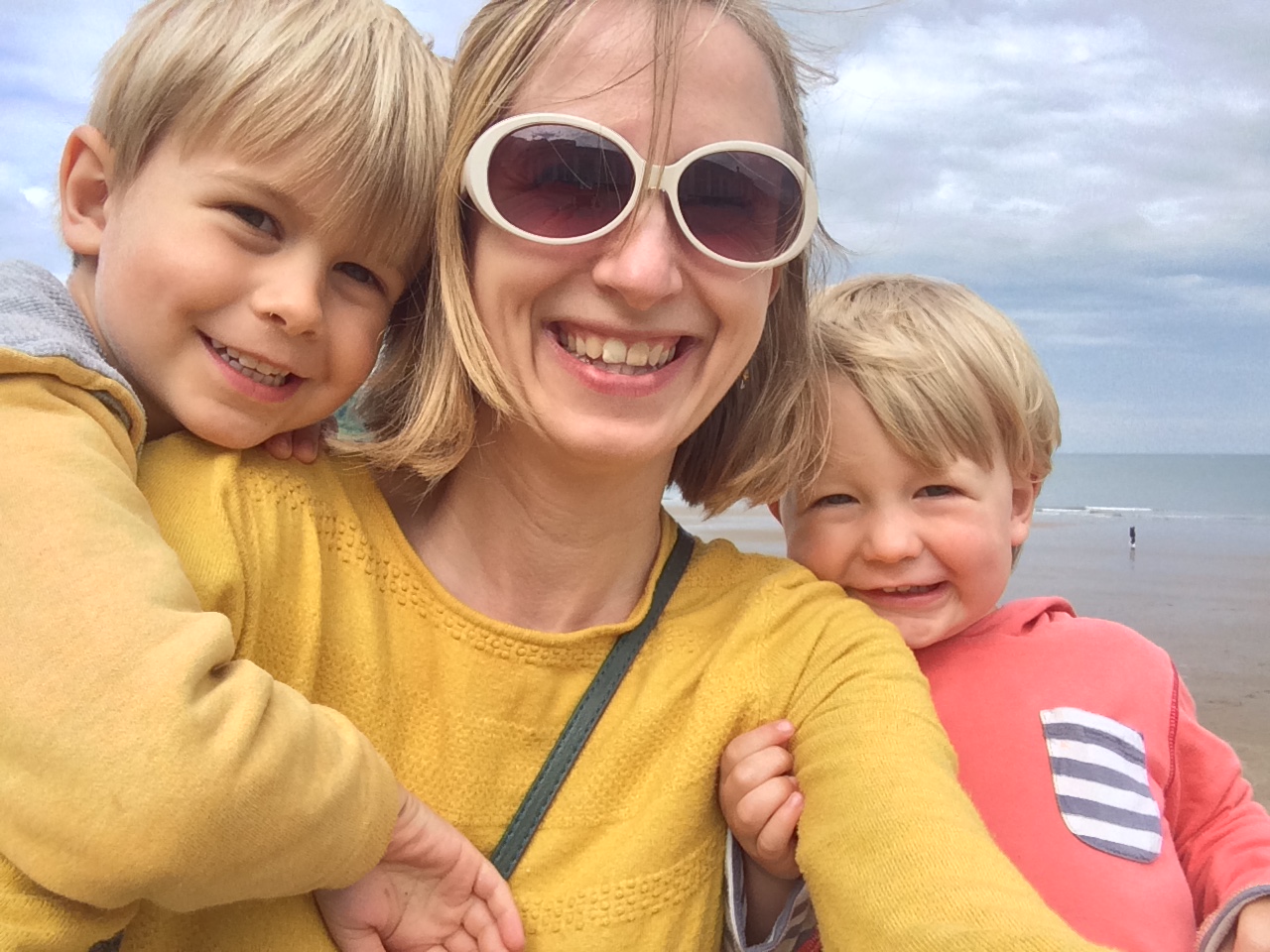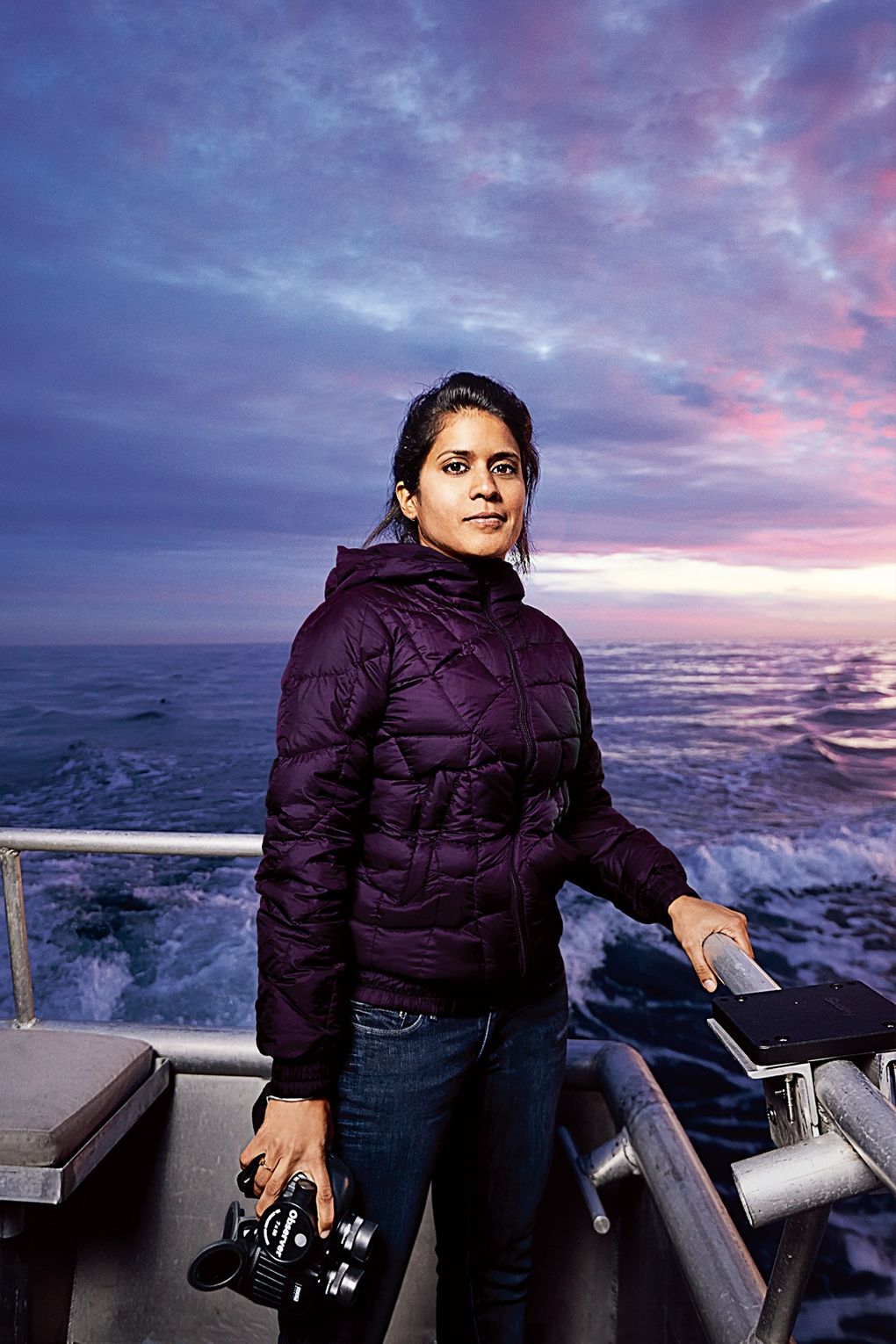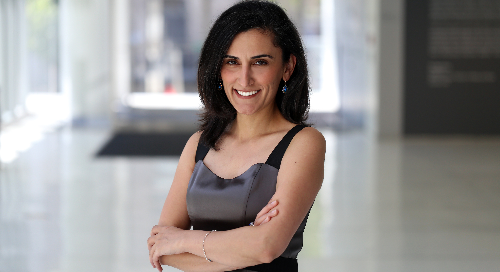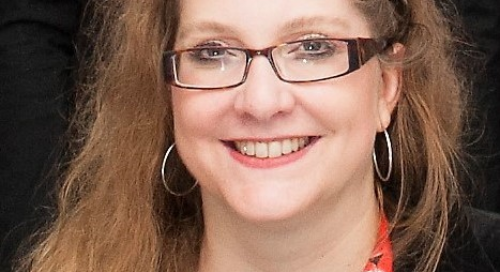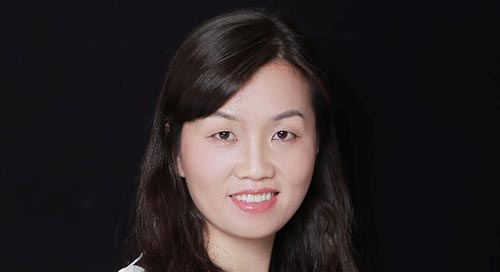women-in-research-dr-kim-barrett
March 13, 2018
For International Women’s Day, we sat down with women in research around the world to hear their stories. Dr. Kim Barrett is Distinguished Professor of Medicine at UC San Diego, and the Editor-in-Chief of The Journal of Physiology.
Q. Tell us a bit about your background – what got you interested in your area of research?
- Like most of us in science, it has been as much about serendipity as design. Looking back, there were some key events and turning points, some of which I didn’t necessarily recognize at the time. I went to University College London and fully intended to pursue a career as a synthetic organic chemist – until my first practical when I realized I didn’t have much of a talent for synthesis (not least when I dropped my final product, at that point in an ether solution, in the fume hood). I also found myself drawn more to biological questions, and combined with a great rapport with my eventual PhD supervisor, Fred Pearce, I decided to study the biology of allergic diseases. Then, when it came to my postdoc, it seemed that everyone working in the allergy field was working on asthma, so I decided to take the path less travelled and chose a project in the area of food allergy. Finally, I was recruited to the University of California San Diego to combine my expertise in intestinal allergic responses with that of Kiertisin Dharmsathaphorn, an energetic young faculty member focused on GI epithelial function. After Kiertisin’s untimely death, I redirected all of my research efforts to the epithelium and the pathogenesis of diarrheal disease, and have stayed there (mostly) ever since. It doesn’t necessarily make for great cocktail party conversation, but it is pleasing for me to know I am working on a problem that kills or sickens billions of people worldwide.
Q. What have been the biggest challenges that you’ve had to overcome in your field due to your gender?
- At the beginning of my career, I actually saw my gender as a huge advantage. It was an era when people were becoming mindful of the need to make sure that review panels and committees had some female representation, and so I had a lot of opportunities to serve at an earlier career stage than might have been typical, such as on an NIH study section. But with greater experience, I am dismayed by the systematic biases that I have seen so many navigate, and the draining effect it has on the careers of women in STEM fields, including my own. A few “highlights” – being told by a supervisor that a male colleague on the faculty, junior to me, needed to get paid more “because his wife does not work”; being bullied and constantly having to justify my existence; documenting significant salary discrepancies by gender at my institution, and having the experience of routinely being the only woman in the room. Today as I am writing this, there is a hearing in the United States Congress gathering information about sexual harassment in science, and searing testimony about the draining effect of the hostile environment that women must routinely deal with in our universities and tech-focused companies. I have also struggled with imposter syndrome at many stages.
However, fortunately there is a great and growing network of support, including from male allies. I truly value the close circle of women colleagues I have built over the years who help to keep me sane. And I have recently been able to build that network further by meeting other women in STEM, including other editors-in-chief like Marina Piccioto (Journal of Neuroscience) and Sharona Gordon (Journal of General Physiology) via Twitter. That’s actually a great place for a robust conversation on how to promote women in STEM.
Q. Was there anyone who inspired you, or acted as a role model for you, when you were starting out in your career?
- Without a doubt, important early role models were three science teachers in my high school – Elsa Cameron, Ann Parkin and Gill Ellis – who nurtured my growing interest in chemistry and bolstered my confidence. It helped that I was at an all-girls school. Miss Cameron was also the formidable (and occasionally scary) headmistress of the school – but inspired me with her seeming ability to know the name and something about every girl in the school, her end of term tradition to shake the hand of everyone (more than 1000) before we could leave, and her many acts of unexpected kindness when things seemed dark. As my career progressed, my mentors were men (Fred Pearce and Dean Metcalfe), but they also shared the ability to get me to believe I could do things I had not thought possible.
Q. Is there anything you think the research community could be doing to encourage greater gender diversity in academia?
- The days are thankfully gone when overt discrimination was commonplace. When I was a graduate student, my head of department stated publically that “over his dead body would he ever hire a woman to the faculty”. But many more subtle forms of discrimination still abound. The impact of implicit bias still sees fewer women on conference programs, less grant dollars going to female investigators, fewer women recognized with prestigious honors and prizes (well-below their representation in the field) and a general under-appreciation of women’s contributions to the field. It’s great to see women speaking out on these issues, including on social media, but male colleagues need to do so too. For example, men invited to speak at meetings with few if any women on the program could decline the invitation. Academic institutions need to train chairs, deans and search/ admissions committees about the inevitable implicit biases that we all carry and their impact on those from underrepresented groups, so that these biases can be short circuited. Clear and transparent policies for promotion and salary setting, as well as for the allocation of resources such as lab space and institutional funding, can also help.
Q. What would be the one piece of advice that you would give to a young woman hoping to pursue an academic career?
- I think the most important thing is to believe in yourself, and find a supportive circle to remind you of your value on the days when belief in yourself seems impossible.
Q. How do you think the scientific community benefits from the contributions of women in research?
- There are so many studies now available that indicate that more robust solutions emerge from diverse teams, whether in business, policy or STEM fields. At a time when the problems that confront the world are ever more complex and multidimensional and which call for interdisciplinary solutions, we have a mandate to build the most effective research teams possible if we are to have any hope of solving these pressing issues. In addition, we currently have a gap between the numbers of those who are trained in science and research and the projected growth in positions requiring those skills, so we simply cannot afford to waste the talents of a significant segment of society.
To read more stories, or learn more about our International Women’s Day program, visit here.

